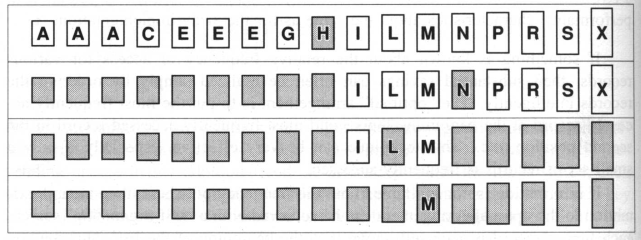
Fig. 2: Binary Search for "M"
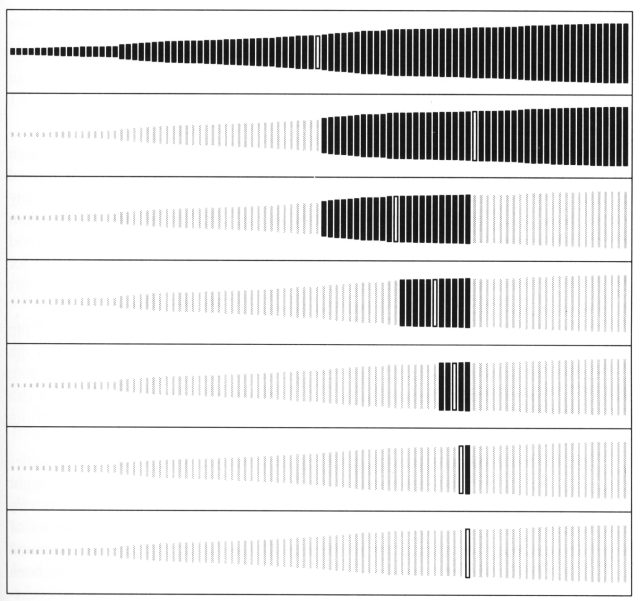
Fig 3: Binary Search on a Bigger File
| Elements | ||||||||||
|---|---|---|---|---|---|---|---|---|---|---|
| Iteration |
0 |
1 |
2 |
3 |
4 |
5 |
6 |
7 |
8 |
9 |
| 1 |
[A |
D |
F |
H |
K |
M |
O |
R |
T |
Z] |
| 2 |
[O |
R |
T |
Z] |
||||||
| 3 |
[O |
R] |
||||||||


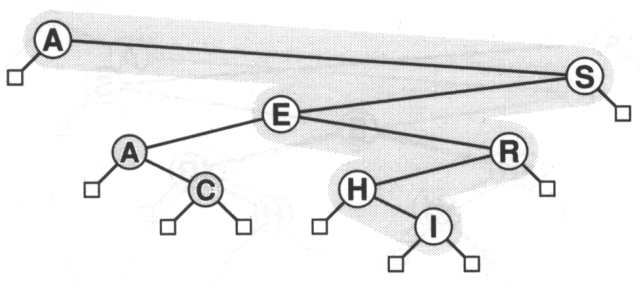
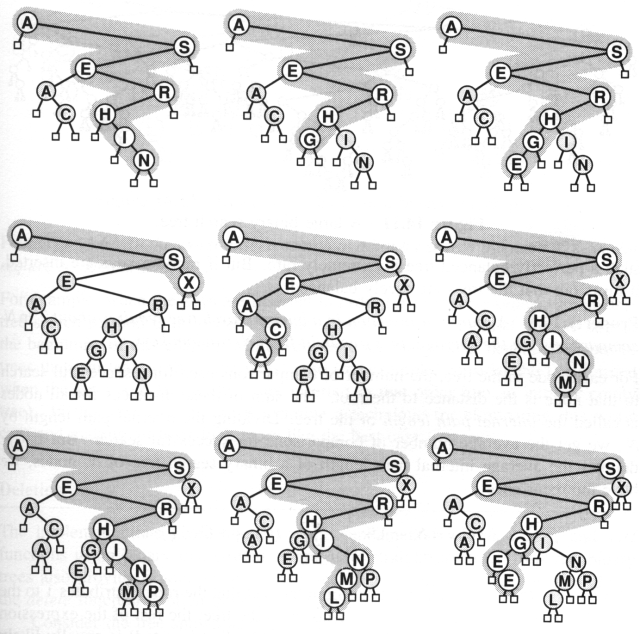

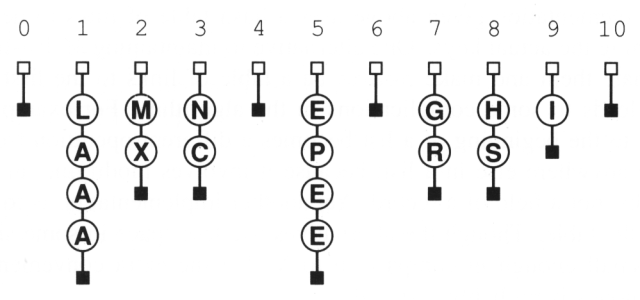
for loop.java.util.Hashtable.grep($_->{'title'} eq 'key', @books)
.GArray, GList, GTree, and GHashTable.